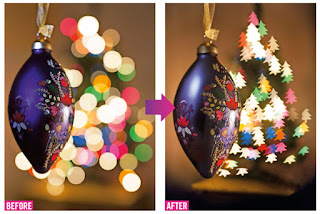Loop - A light that shadows on her side
Rembrandt - the light moves around to the right a single light placement and causes a triangle shadow
Split - The lighting gives you a dramatic split look
Broad and short - bigger potion of your face is light
Fill light - Fill is used to lighten shadows and control Contrast and Lighting Ratios
Key light (main light)
Background light - Reveals the character of the background and helps separate it from the subject
Hair light - limited to the top of the head background light
Hair light - limited to the top of the head background light
Shadowless- every angle is evenly light
Hard light - A relatively small, direct, usually focusable source, with or without lens, that produces strong High-lights and dark shadows
Soft light- Diffused, Bounced, indirect light; the opposite of Hard Light
Grey card
Reflector- Variously shaped "bowls" that shape and intensify a lamp's Beam
Diffuser- A Translucent material placed in front of a Light to soften Highlights and Shadows, reduce Contrast and increase Beam Angle.
Intensity- The "strength" of the Incident Light
Direction: A loose term for light that is not loose, and does not spill
Intensity: The "strength" of the Incident Light
Color: Color plays a role in affecting viewer's moods and appetites.
Contrast: The difference between one tone and another or between the darkest and lightest parts of a scene or processed film
Hardness: A relatively small, direct, usually focusable source, with or without lens, that produces strong High-lights and dark shadows
Diffuser- A Translucent material placed in front of a Light to soften Highlights and Shadows, reduce Contrast and increase Beam Angle.
Intensity- The "strength" of the Incident Light
Direction: A loose term for light that is not loose, and does not spill
Intensity: The "strength" of the Incident Light
Color: Color plays a role in affecting viewer's moods and appetites.
Contrast: The difference between one tone and another or between the darkest and lightest parts of a scene or processed film
Hardness: A relatively small, direct, usually focusable source, with or without lens, that produces strong High-lights and dark shadows







